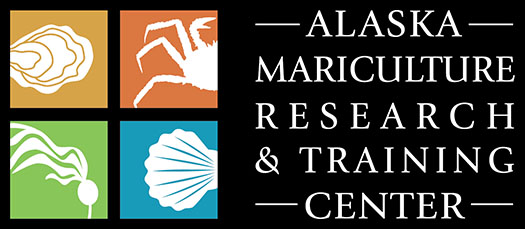Seasonality of Bull Kelp Fertility in Kodiak and Juneau
Bull kelp (Nereocystis luetkeana) is an economically desirable food source and there is a growing effort to establish bull kelp farms along the southern Alaskan coast. Currently, the farming calendars being used for bull kelp cultivation are based on what has traditionally worked for other kelp species such as sugar kelp (Saccharina latissima) (Steckoll et al. 2021) and ribbon kelp (Alaria marginata). However, no studies so far have sought to understand the seasonal dynamics of bull kelp reproduction and how that might affect the kelp farming cycle in different locations within Alaska. In this study, we are aiming to answer the following questions about spore dynamics and seasonality: 1) how does the seasonality of bull kelp sori production and spore release vary between Juneau and Kodiak, two of the largest areas in Alaska for kelp mariculture, and 2) how does the amount of time since sori begin spore release affect the number/density of spores released and the ratio of motile to non-motile spores? Providing a better understanding of spatial-temporal variations in the bull kelp life cycle in Alaska can be beneficial for kelp forest conservation and understanding how bull kelp dynamics vary between Juneau and Kodiak, two areas looking to cultivate bull kelp commercially.
Principal Investigator/Project Partners:
- Angela Korabik, NOAA AFSC
- Veronica Farrugia Drakard, University of Alaska Fairbanks
- Jordan Hollarsmith, NOAA AFSC
- Alix Laferriere, NOAA AFSC
Project Term: 2024-2025
Funding: National Oceanic and Atmospheric Association (NOAA)
